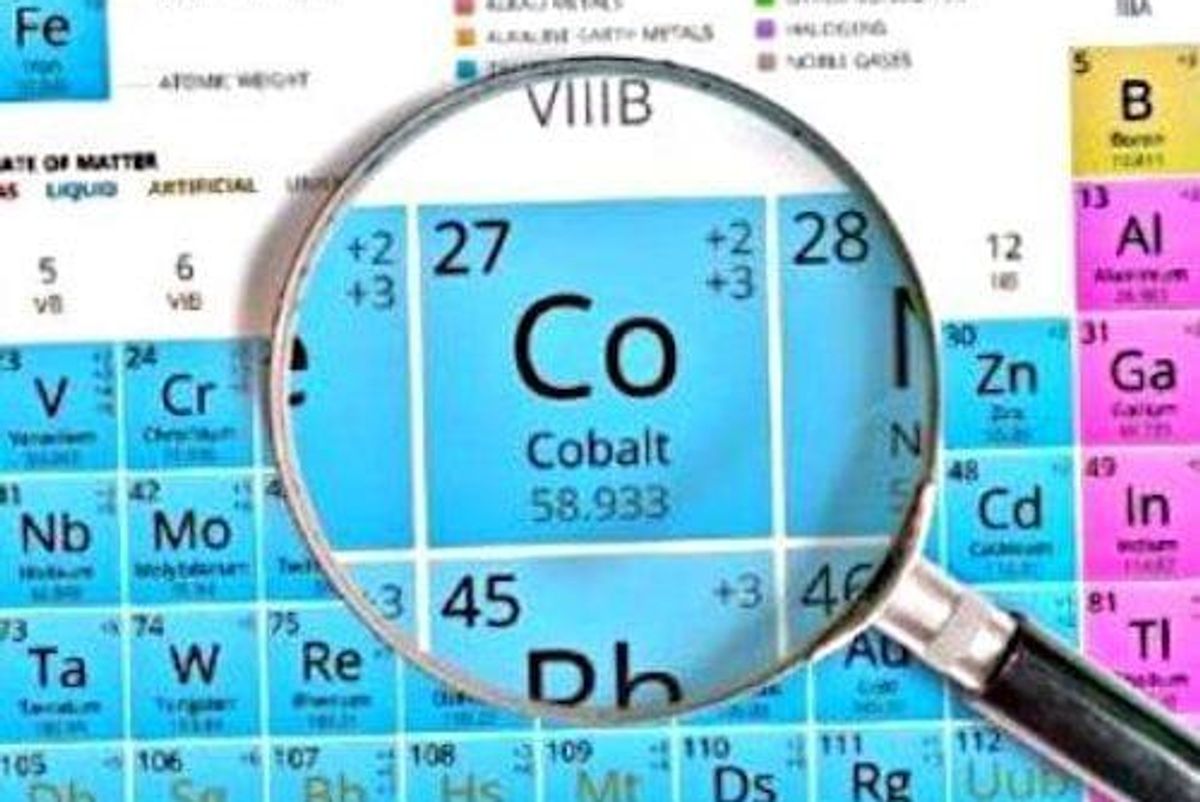Will Cobalt Supply Meet Growing EV Battery Demand?

In a presentation on cobalt’s role in the EV industry, Justin Cochrane, president and COO of Cobalt 27 Capital, discussed how cobalt supply can keep up with increasing demand.
During last week’s 6th International Nickel Conference in Toronto, Justin Cochrane, president and COO of Cobalt 27 Capital (TSXV:KBLT), discussed cobalt’s role in the electric vehicle (EV) sector and what it will take for the critical metal to meet increasing demand.
Throughout his presentation, Cochrane focused on the ever-growing EV sector and cobalt’s role within it. He also emphasized the four key elements to understanding the importance of cobalt supply and the challenges the market is facing as demand continues to rise.
“Cobalt-containing lithium-ion batteries have high energy density, which means they are able to store large amounts of energy in a small area. This makes the batteries lightweight and helps EVs maximize driving range. Cobalt is crucial in improving the longevity and safety of lithium-ion batteries,” he stated.
Growing EV battery sector
In 2016, lithium-ion battery megafactory capacity reached 30 gigawatt hours (GWh); it is now expected to reach an anticipated capacity of 344.5 GWh by the year 2021. With lithium-ion battery demand increasing, demand for cobalt is also forecast to surge.
As EV battery costs are sitting on the verge of cost parity with ICE vehicles, such as cars, aircraft and boats, which are typically fed with fossil fuels like natural gas or petroleum products, the demand for this energy-efficient metal has escalated, creating a spike in supply.
“The impact of growth in demand for metals has implications across the value chain,” Cochrane noted.
In fact, Cochrane revealed that supply currently sits at 100 kilotons of cobalt, but by 2030 the EV industry alone will approximately need 300 kilotons — a 300-percent increase from current supply. He also pointed out that with growing supply needs come growing challenges for the critical metal.
Main challenges of cobalt supply
One of the first challenges for cobalt supply is a lack of primary deposits.
Cochrane explained that “cobalt does not occur ‘alone’ in the Earth’s crust [and is] associated with copper and nickel production.” He added that primary cobalt mines are typically high in arsenic.
Currently, cobalt sources can be broken down as follows:
- 37 percent from nickel mines as a by-product
- 61 percent from copper mines as a by-product
- 2 percent from primary cobalt mines
In addition, most of the world’s cobalt is found in the Democratic Republic of Congo (DRC), and an estimated US$20 million will need to be invested into that area in order to achieve the amount of cobalt that will be needed in the next 10 years. As Cochrane pointed out, this is not sustainable long term.
How will cobalt supply meet growing demand?
In order for cobalt supply to rise to meet increasing demand, the market will need to rely on two major sources of supply growth and overcome a few distinct economic hurdles.
Cochrane suggested focusing on copper production and “cobalt-rich tailings” in the DRC. “Cobalt tailings stockpiles will not last forever, requiring increased copper capacity and investment in DRC,” he said.
He also sees current and in-the-works nickel projects outside the DRC as a possible supply solution. A potential third option in recycling, which is currently 10 to 15 years away from being a viable source.
How can nickel projects optimize cobalt production?
Cochrane believes nickel producers can optimize cobalt production in several ways, with one being to recover cobalt when refining nickel as a by-product stream from the refinery/hydromet process.
Secondly, Cochrane said, “improving cobalt recoveries in high-pressure acid-leach operations can be done, but the economics must dictate it.” He added, “producing an intermediate can be more effective but impacts the economics of the producer.”
Thankfully, Cochrane noted that the “DRC is insisting on upgrading concentrates to intermediates in an effort to improve economics.”
He ended his presentation by saying, “cobalt will react like every other commodity when faced with a new source of demand.” He added, “[it will] require an incentive price to encourage new supply.”
Don’t forget to follow us @INN_Resource for real-time news updates!
Securities Disclosure: I, Nicole Rashotte, hold no direct investment interest in any company mentioned in this article.


